How To Measure Saddle Pads
Measuring and Finding the Perfect Saddle Pad

Saddle pad shopping might be every equestrian's favorite pastime activity. With many design and color options, saddle pads help you reflect your personal style while riding. However, choosing the right size and shape of the saddle pad is crucial for the comfort of your horse. How do you measure the correct side of the saddle pad that your horse needs and why is it so important? Here are our tips to help you!

What is a Saddle Pad and Why Is it Used?
A saddle pad, also known as a numnah or saddle blanket, is a protective cushion placed between the horse's back and the saddle. It's designed to offer several benefits, making it a vital piece of equipment for any rider. These benefits include:
- Shock Absorption: Saddle pads absorb shock, protecting the horse's back from the constant impact caused by the rider's weight and movement during riding.
- Pressure Distribution: They help distribute the rider's weight evenly across the horse's back, preventing localized pressure points that can lead to discomfort and injury.
- Temperature Regulation: Many saddle pads are designed to wick away moisture and heat, keeping the horse's back cool and dry.
- Saddle Protection: Saddle pads also protect the saddle from sweat and dirt, extending the saddle's lifespan.

What Are the Types of Saddle Pads?
Before you measure for a saddle pad, you should know the saddle pad type that you need. The most common types include:
- All-Purpose Saddle Pads: Versatile and suitable for various riding disciplines with a cut that is shaped to accommodate, jumping, dressage, and all-purpose saddles.
- Jumping Pads: Designed to fit comfortably under a jumping saddle and cut to accommodate the knee flap.
- Dressage Saddle Pads: Designed for the dressage saddle and cut to accommodate the longer saddle flap.
- Western Saddle Pads: Tailored for Western saddles, these pads come in various shapes and materials.
- Specialty Pads: There are also specialty pads, like half pads, corrective pads, and therapeutic pads, each serving unique purposes.

How to Measure a Saddle Pad That Fits Perfectly?
Among all these different types of saddle pads, how do you measure the best fit for your horse? It is a very simple :
- Determine the Type and Style: Start by identifying the saddle pad type you need, considering your riding discipline and the shape of your saddle. Do you need a square cut, angled, or contoured cut?
- Gather Your Supplies: You'll need a measuring tape or a piece of string to measure the required areas.
- Measure the Saddle: Measure the distance from the pommel (front) to the cantle (rear) of your saddle. This measurement will help you determine the pad's length.
- Measure the Seat: Find the width of your saddle's seat, which will guide you in selecting the right pad width.
- Check the Flap: If you have a dressage saddle, measure the flap's length from the center of the seat to the bottom. For all-purpose or jumping saddles, this measurement isn't crucial.
- Thickness: Determine the desired thickness of the pad based on your horse's back and the fit of your saddle.
- Material: Consider the material of the pad, keeping in mind the intended use, climate, and your horse's needs.
- Check the Fit: Once you have the pad, confirm that it fits correctly under your saddle. Ensure it doesn't extend beyond too long the saddle flaps and doesn't interfere with your horse's movement.

Remember that a well-fitted saddle pad is essential for your horse's comfort and the longevity of your saddle. Taking the time to measure and select the right pad will contribute to better performance and safe rides for both you and your equine partner.
Still not sure how to measure the best size of saddle pad? Contact us by clicking the chat button on the bottom right corner or email us at info@equestroom.com


Explore our wide range of comfy and stylish saddle pads that come in multiple size and style options to meet your horse's needs!





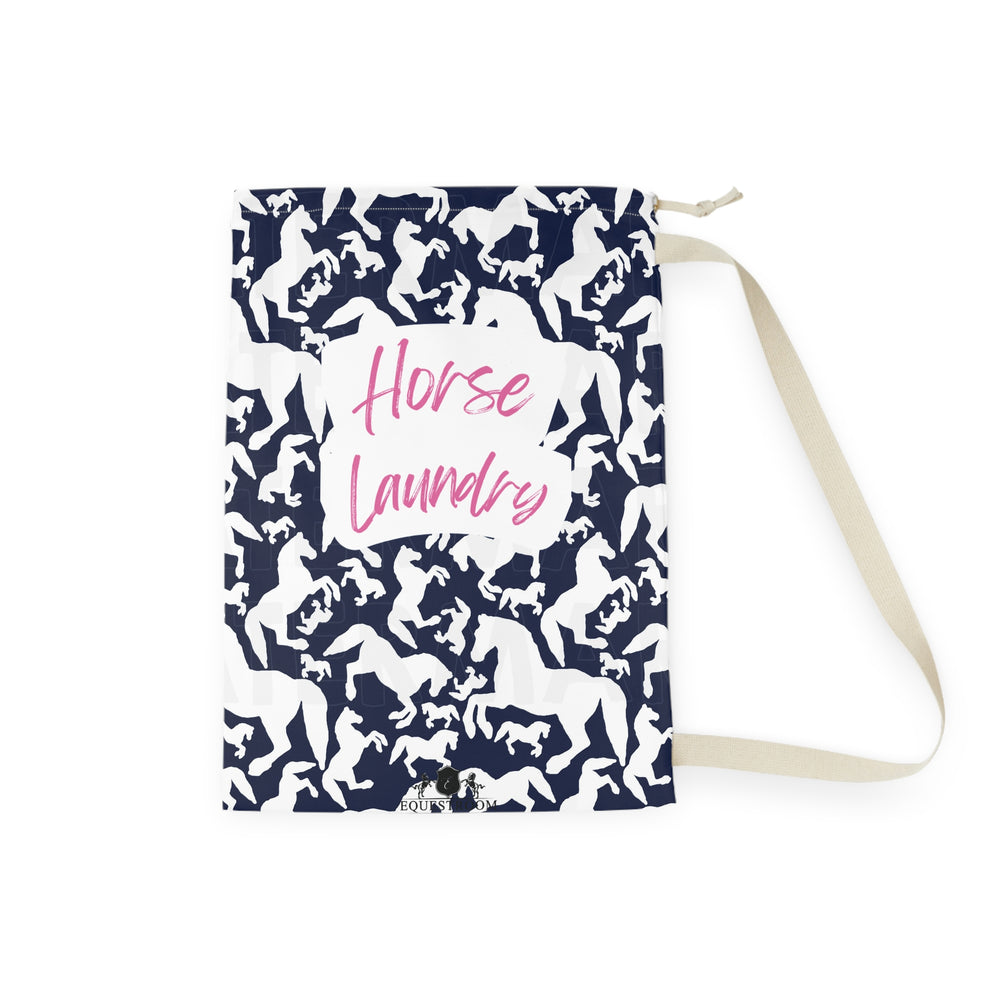
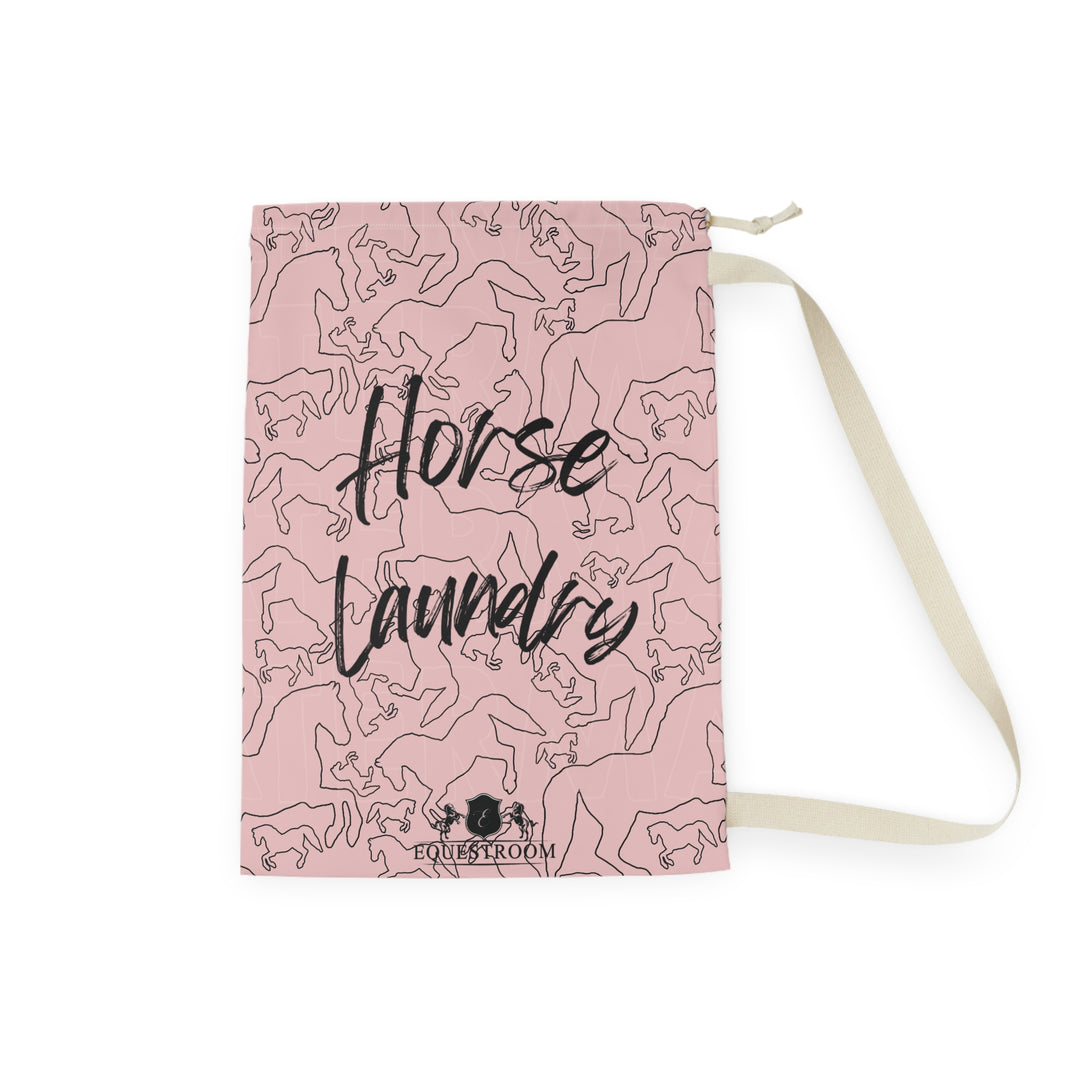
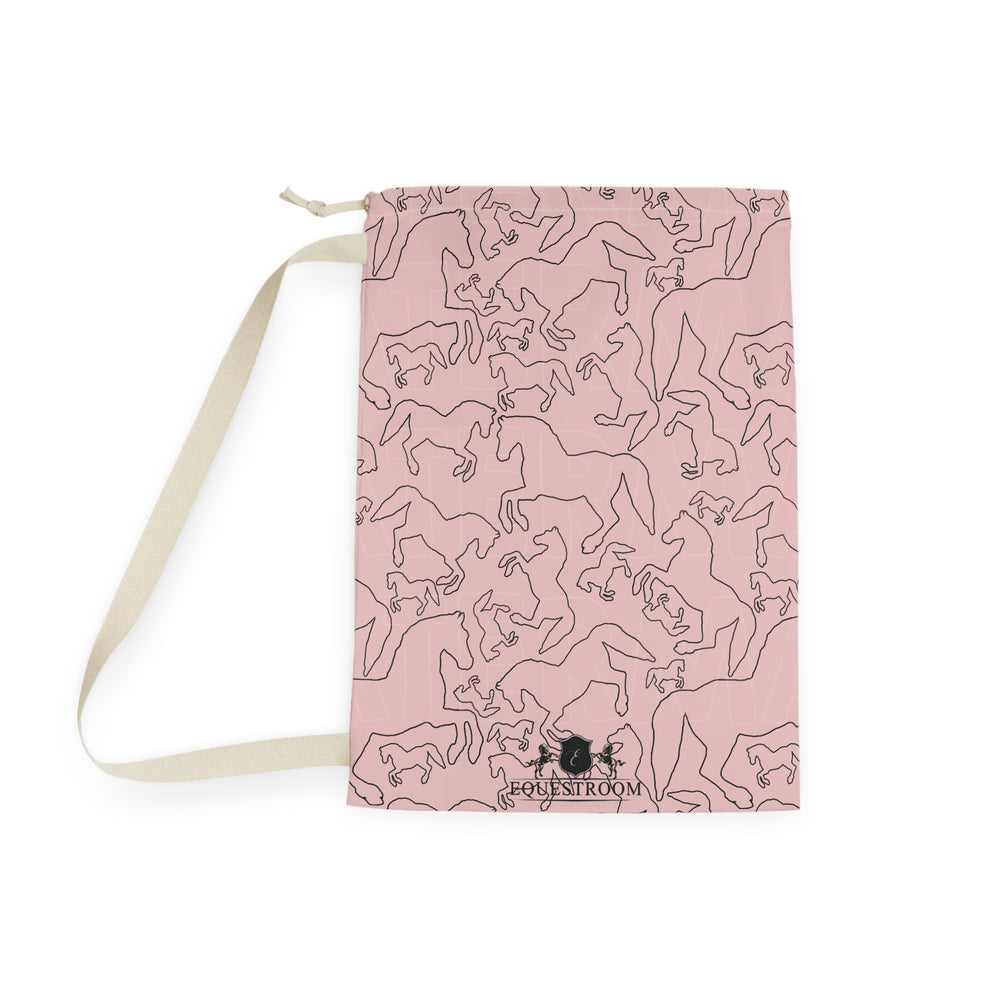
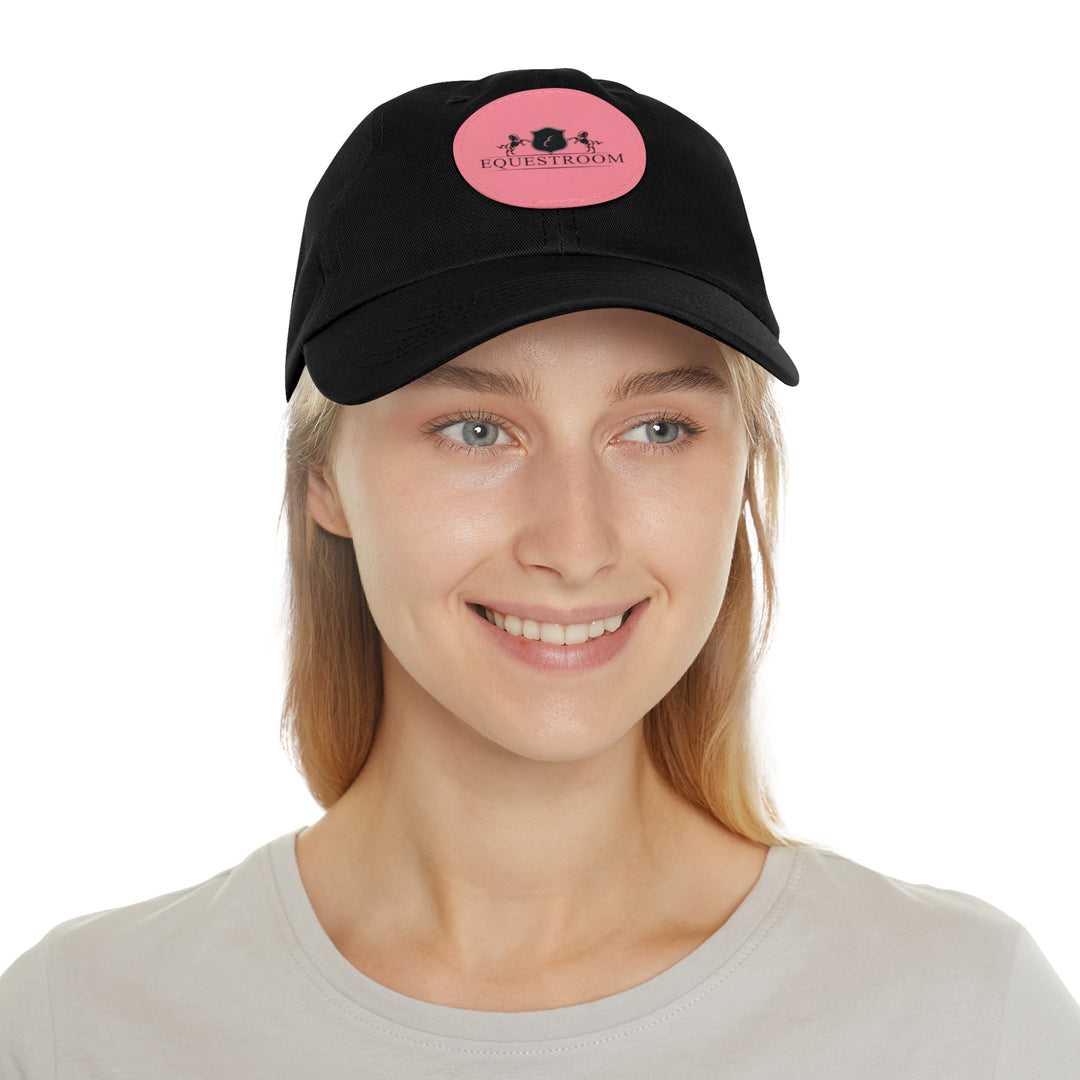
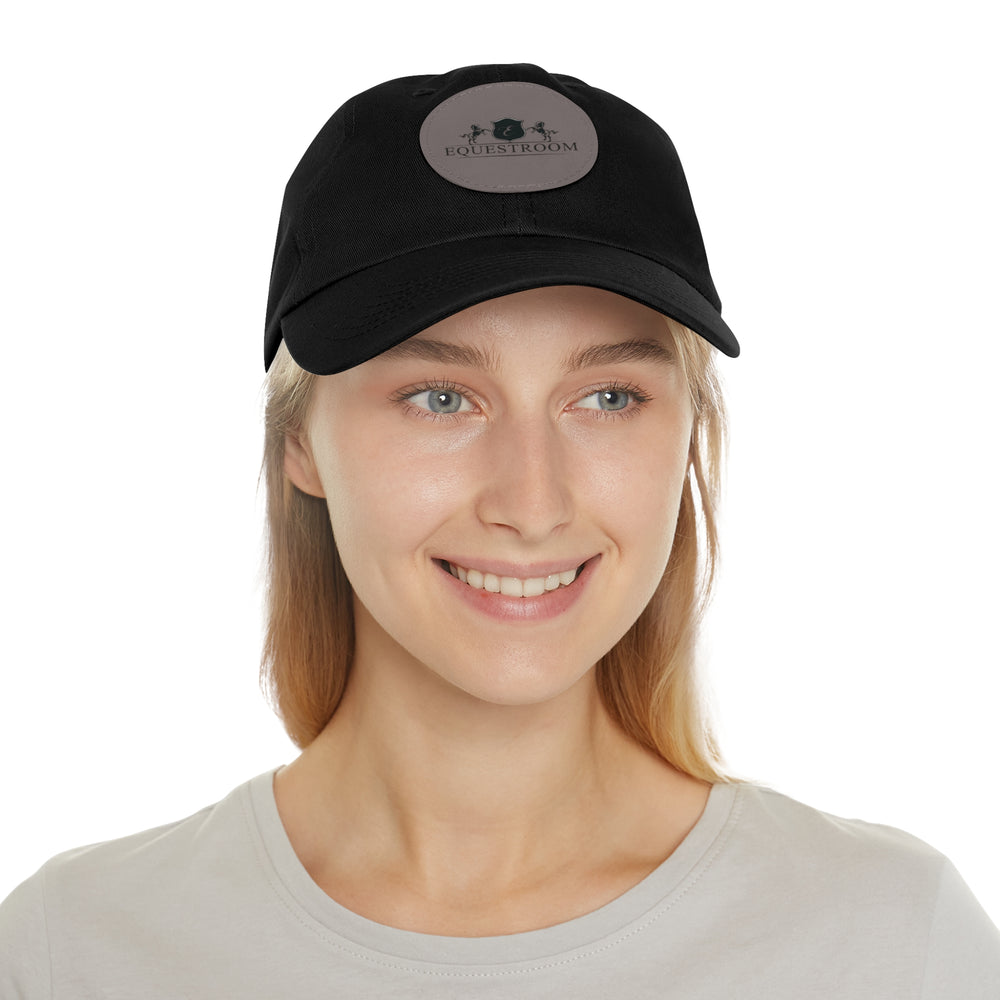
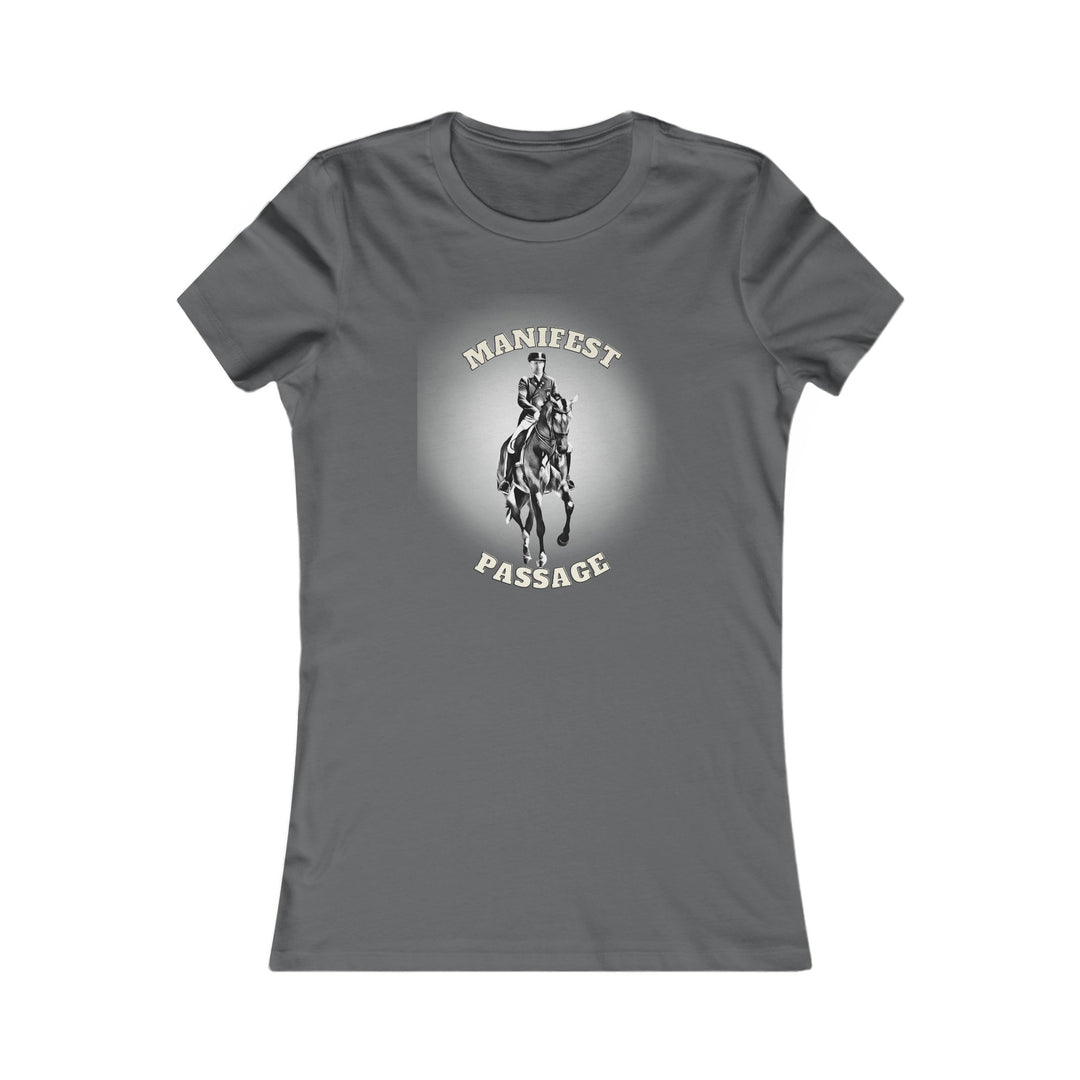
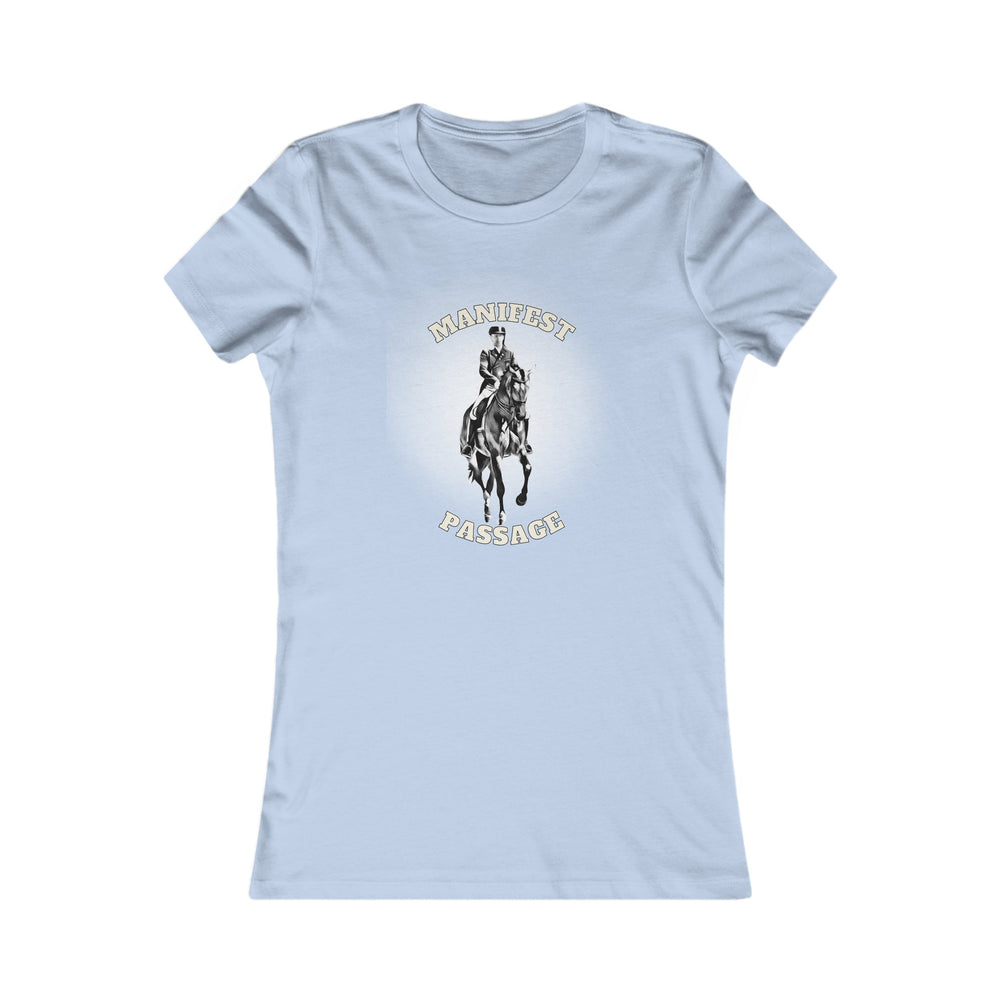
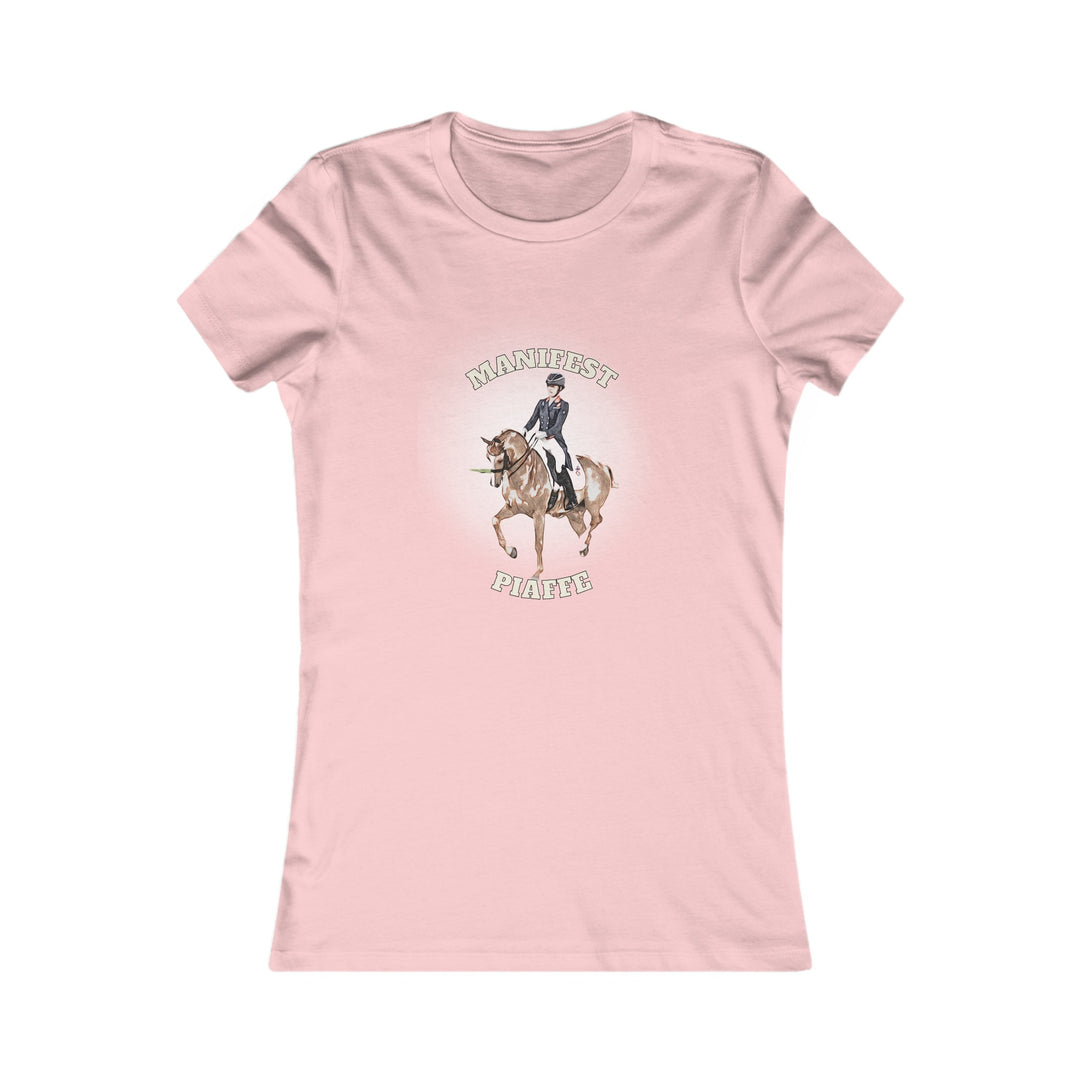
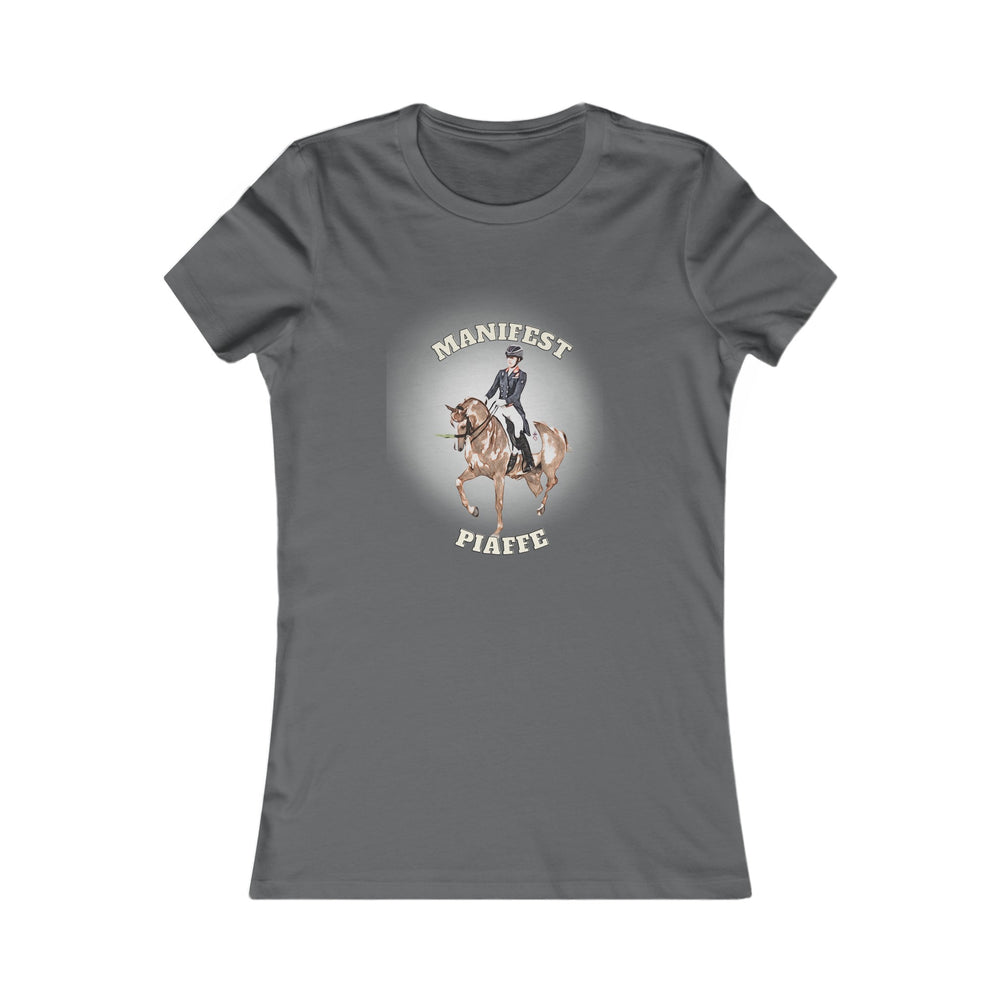
Leave a comment